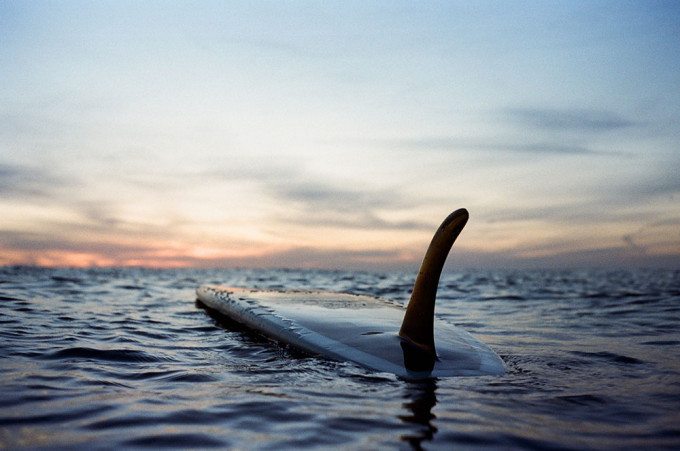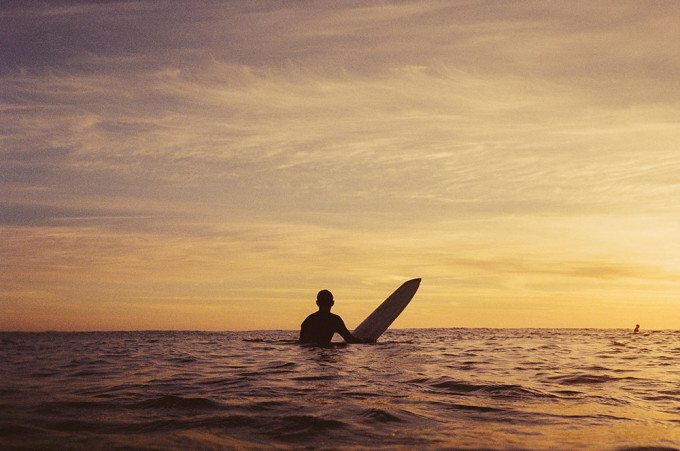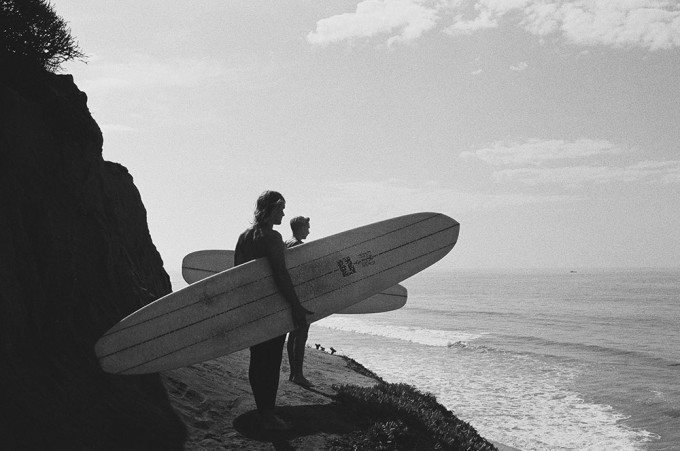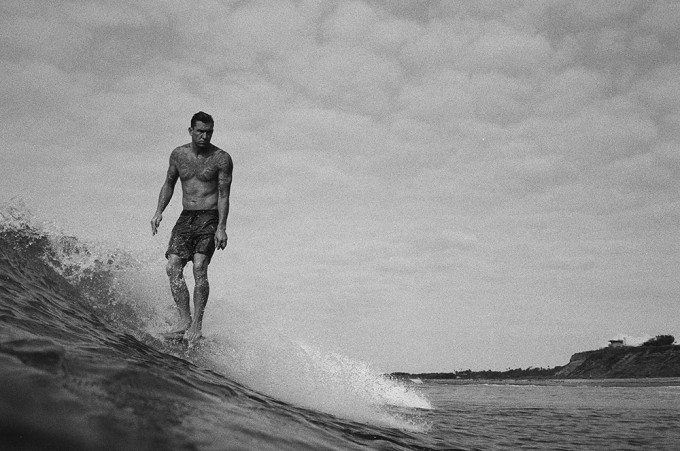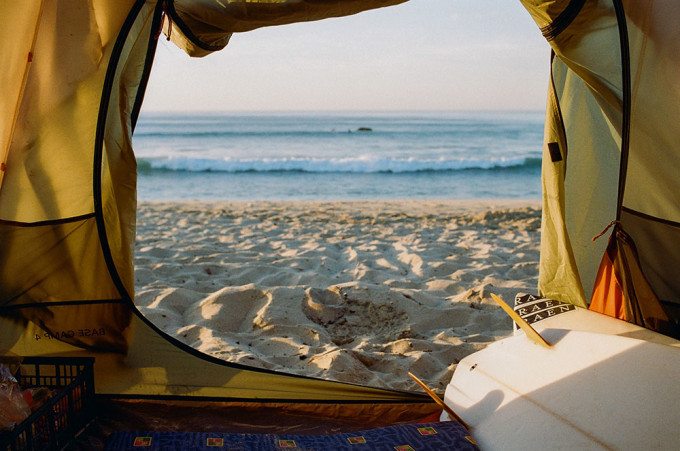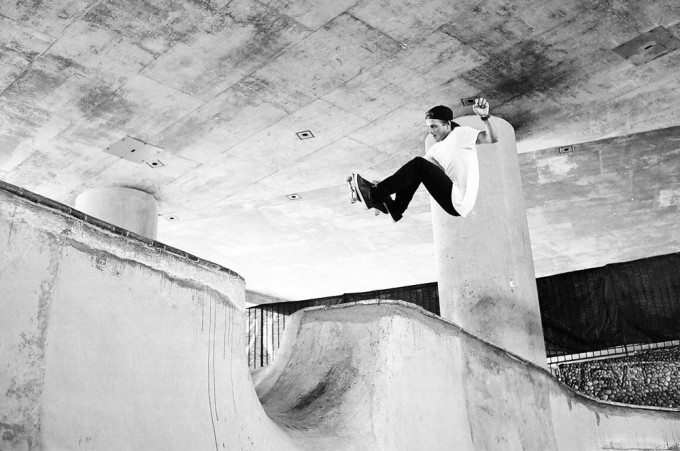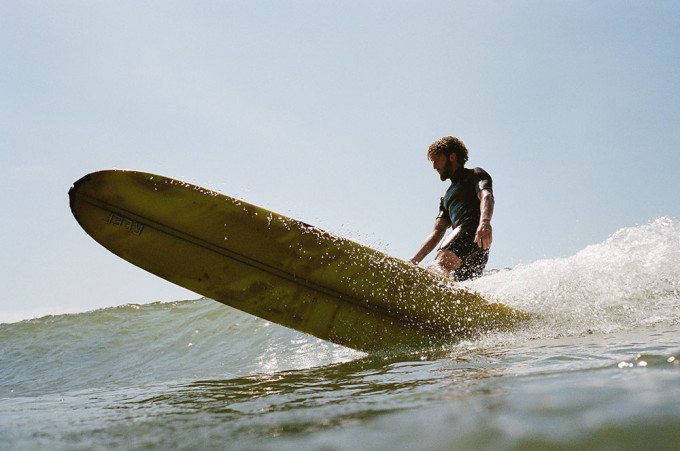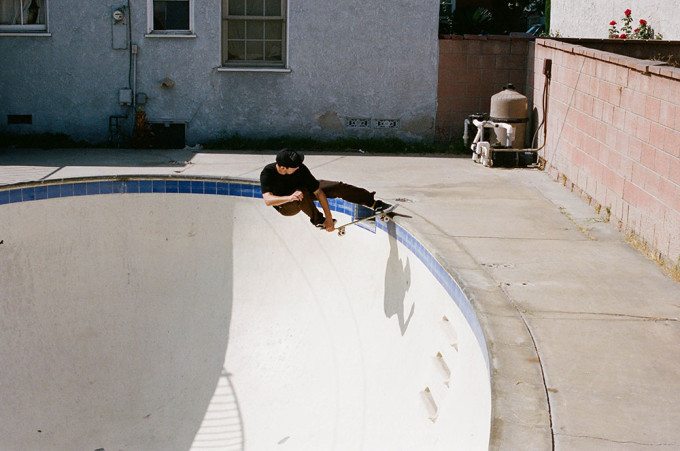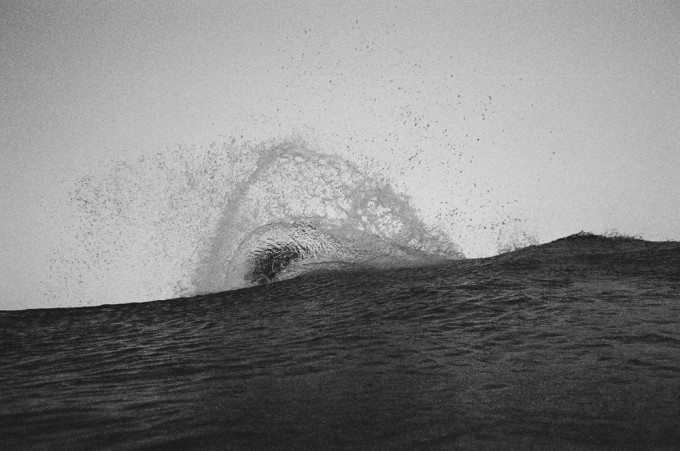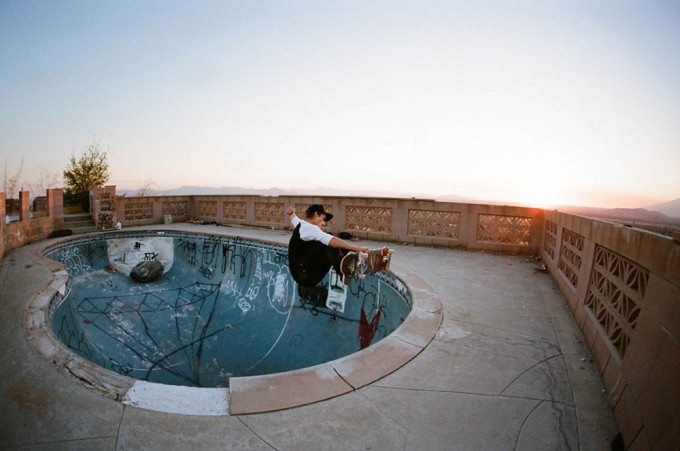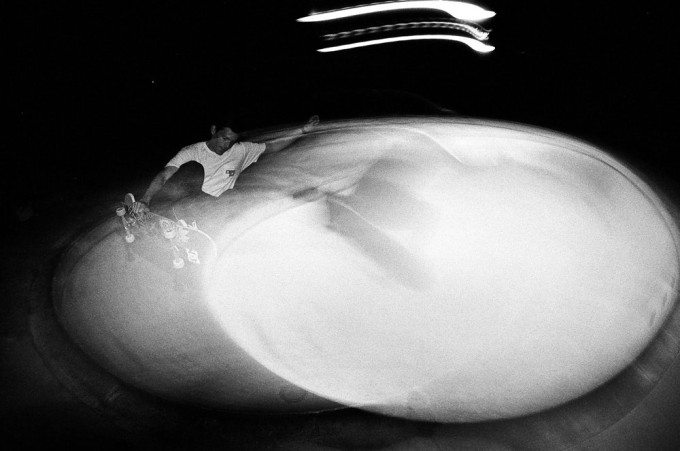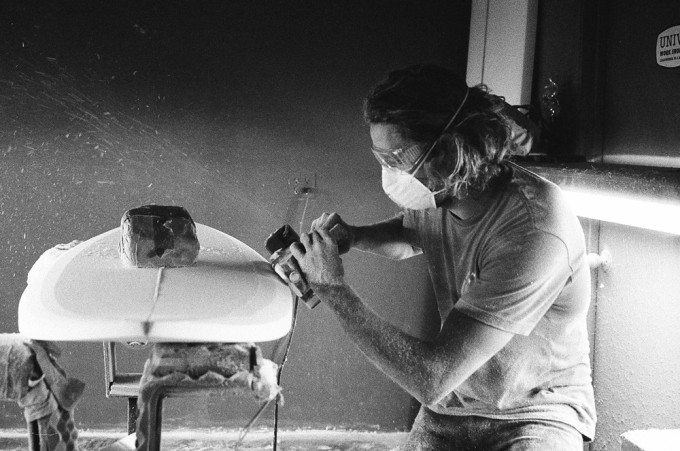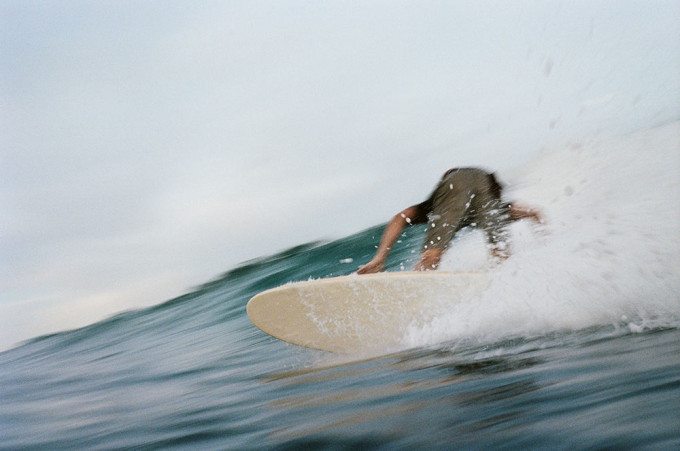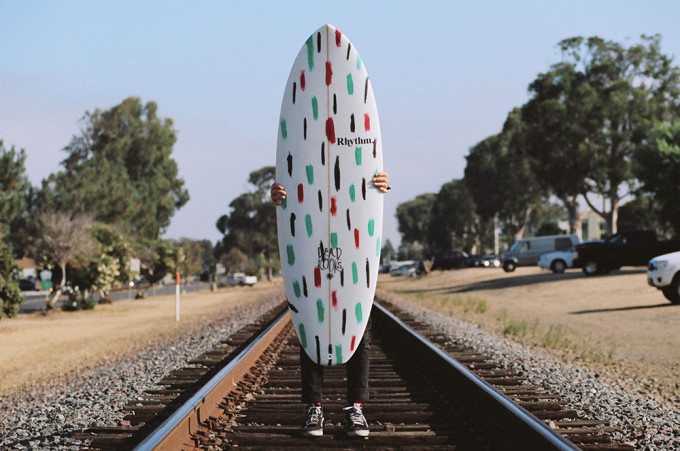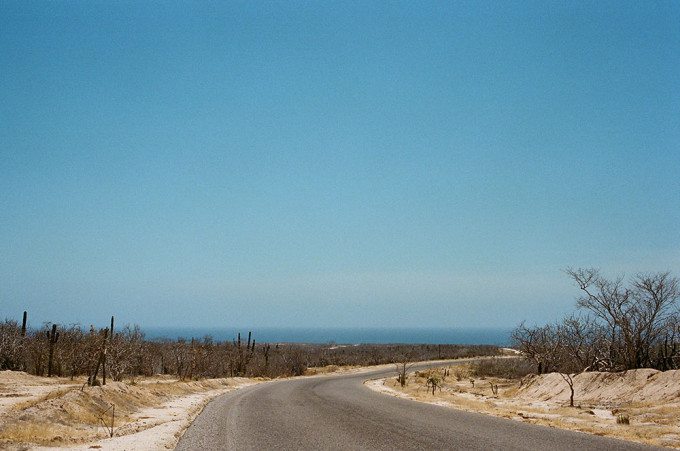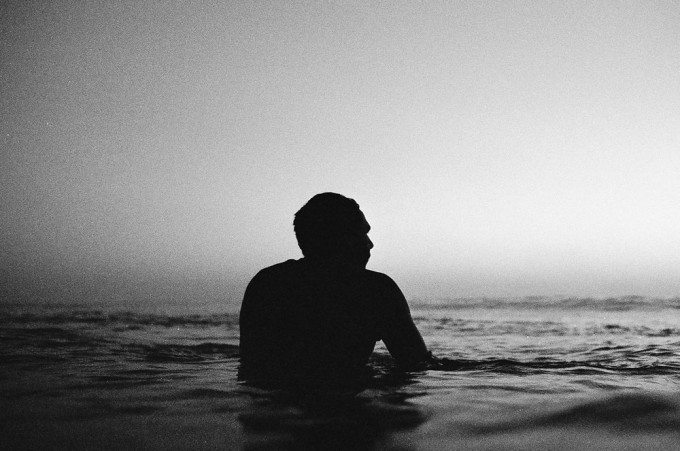Last Updated on 04/28/2015 by Chris Gampat
All images by Brooks Sterling. Used with permission.
Photographer Brooks Sterling is based on southern California and specializes in lifestyle work. We’ve featured him before on the site after this video was made about him being an analog film photographer. Indeed, lots of his personal work is done on film but sometimes there is a small budget for it to be included in his commercial work.
Brooks talked to us briefly about surf photography, lifestyle work and shooting with film.
Phoblographer: How did you first get into photography?
Brooks: I started shooting photos because I wasn’t very good at painting or drawing and needed a creative outlet. I picked up my first roll of film from the lab and was instantly hooked.
Phoblographer: What attracted you to lifestyle and surfing photography?
Brooks: It’s really I all know…it’s much easier for me to shoot surfing and the lifestyle surrounding surfing because that’s how I spend most of my time.
Phoblographer: Why the choice to shoot analog vs digital?
I prefer film to digital for personal work and editorial projects. Digital is the standard for commercial work, but it’s always fun to get a small budget for film when a brand is willing to let me burn through a few rolls during a shoot.
Phoblographer: Lots of times you’re in the water and shooting with the Nikonos. How do you know when to snap the shutter when every shot counts so much more with film more so than digital?
Brooks: From many years of surfing…I can somewhat predict what will happen next. Most of the time I’m right, but sometimes I’m wrong. I’m always happy if I can get a least one memorable action photo per session…anything in addition is a plus.
Phoblographer: What kind of training did you have to learn how to anticipate and get the shot in the water when so many variables are unpredictable?
Brooks: Surfing, surf films, and studying the work of iconic surf photographers.
Phoblographer: How do you usually go about explaining the creative vision that you have in your head to the surfer so that they can help you get the shot?
Brooks: Every once in awhile we’ll discuss a shot and try to create it…but I usually let them do their thing, while I do mine.
Phoblographer: On average per film roll, how many images do you feel are keepers vs throw aways?
Brooks: It really depends…I’ve shoot almost entire rolls that are keepers and other times get nothing.
Phoblographer: Every photographer has compositional rules that are basically instinctual to them. What do you usually go for in terms of composition of a scene and placing specific elements in an image?
Brooks: The rule of thirds is always a good start…but there is no reason to follow rules if you don’t have too.
Phoblographer: How do you go about finding work and new clients and what marketing channels do you focus on specifically to get your work noticed?
Brooks: I try to always be creating and connecting with new clients, while staying in contact with my existing clients. I currently push my work through my personal website, Instagram, Flickr, and Tumblr. I also work with a lot of different online and print publications.
Phoblographer: How much time would you say is spent shooting vs editing, negotiations, etc?
Brooks: I shoot everyday, but it’s usually personal work. I’d say that client work is about 1/3 shooting, 1/3 editing, and 1/3 business operations.
Phoblographer: Tell us a story about a time that you’ve felt you were in danger as a photographer.
Brooks: I have never really felt like I was in danger…but the Jaws theme song seems to always start playing in my mind if I’m shooting water as the sun is setting…


